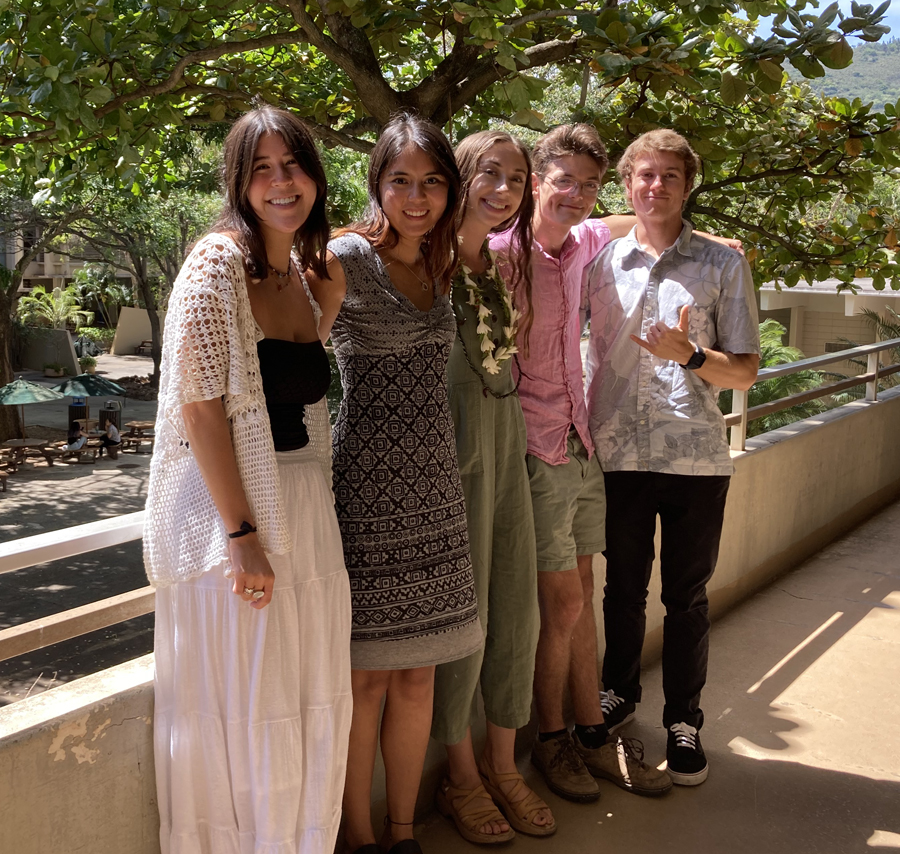2022 SURFers ride the wave to shore
The end of our third summer fellowship has been a great success! The 2022 Summer Undergraduate Research Fellowship wrapped up last week with a final hybrid symposium for the students to present their work. For several of them, it was the first opportunity they have had for a formal science presentation, and they all demonstrated their promise well in the preparation, smoothness, and poise of their presentations.
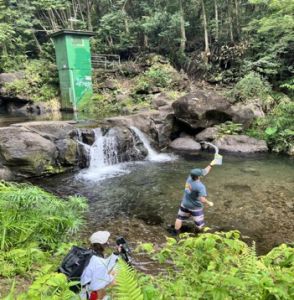
“Most importantly, I learned how to function as part of a lab and as part of a team,” Savannah said. “It was a very wonderful, busy summer!”
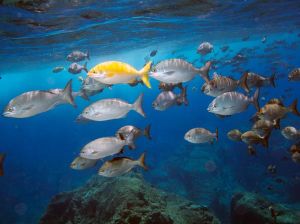
“I learned a lot this summer,” said Justine. “I got to learn about R, for the first time. I learned a lot about science communication…All things I’ll take with me in my final year as a marine biology undergrad student.”
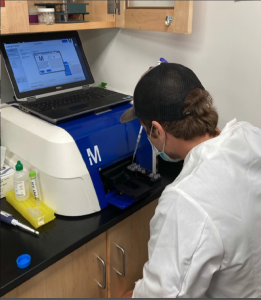
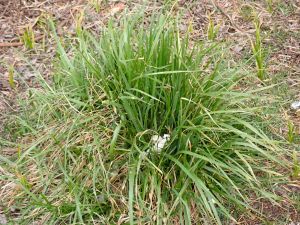
“One special part of this summer was the people I was able to meet by being on campus and being able to network,” said Elizabeth.
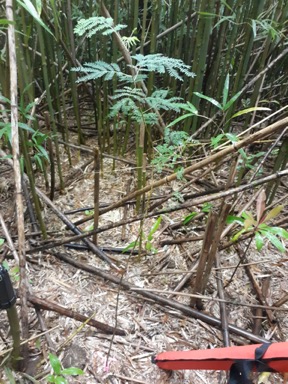
Pierson had a particularly interesting insight that he shared from his summer trials. He found that his scientific process was less of a linear path of “question, hypothesis, experiment, answer” as we are often taught in school, and more of a winding, backtracking path with theoretical ideas having to be reworked over and over when new problems are encountered during the act of putting experimental ideas into practice. “We encountered a problem; then we got a solution; then we had a problem; then we had a solution; and then we had a problem, and it kept going on and on and on, until it got more refined and more specific and we really understood the areas a lot better.”
A very useful experience for a future scientist to learn, as were all the experiences of our 2022 SURFers!
